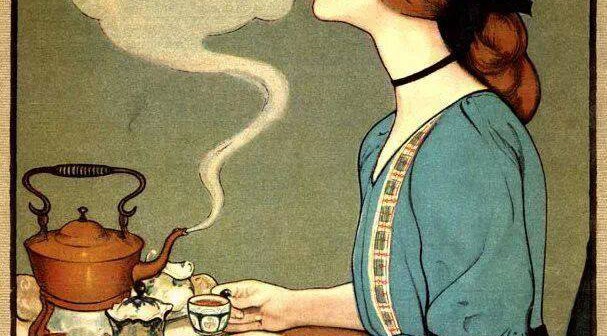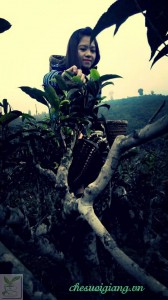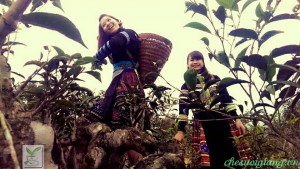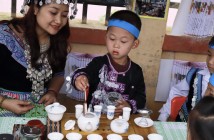There is no gainsaying that the Hoang Lien Son Range is a favorite destination among visitors to the resort town of Sa Pa in the Northern Highlands province of Lao Cai.It is home to the 3,143-meter Mt. Fansipan, the highest peak in Vietnam and among the highest in Southeast Asia. Its biodiversity, waterfalls and ethnic minority cultures are always a big draw.
My friends and I enjoyed the area’s popular attractions on our previous trips to Sa Pa, but our focus this time was somewhat different.This time, we were seeking another Hoang Lien Son treasure centuries old tea trees that are not commonly known among domestic or foreign visitors.
On the way from Hanoi to Hoang Lien Son, the 180-kilometer long mountain range that straddles Lao Cai, Lai Chau, and Yen Bai provinces, our first stop was Yen Bai’s Suoi Giang Commune. Situated over 1,371 meters above the sea level, this foggy locality hosts more than 190 hectares of old tea trees with trunks that would take two adults to embrace.
Here, in October or the beginning of a new year, the Hmong people organize a ceremony of gratitude to the ancient tea trees that have made their lives better. They earn living by producing tea, and, indeed, Suoi Giang tea is now a common brand in many provinces and cities.
From records on tea populations in Vietnam’s northwestern region like Ha Giang, Lao Cai, and Yen Bai, we learned that the ceremony is the only of its kind. We pushed ahead through the thick fog toward Suoi Giang, hoping to use the good offices of a native friend to witness the unique ritual though it was not the right time.
Courteous and hospitable to a fault, they obliged.
We followed Giang A Lu, the thầy cúng (shaman) who would perform the ritual, to the locality’s oldest tea tree, more than 300 years old, in Giang B Village. Under the tree, a simple altar made of bamboo covered with giấy bản a kind of paper made by ethnic minority people in Lao Cai Province, specifically for their traditional rituals or customs. Around the altar were stuck red and yellow pieces of paper, representing the Earth, Gods and ancestors.
Receiving a rooster from two young men, Lu started the ritual. He prayed that tea trees would grow stronger and that the rooster would become a messenger, taking his prayers to the Gods. Later, the rooster was cooked by women in the community and given to Lu together with rượu ngô (corn wine), who placed them on the altar and prayed again.
We would not have comprehended Lu’s prayers without the explanation of our native friend who wished to be not named, as Lu chanted in an ancient language of the H’mong people. Not many people can speak the language these days, our friend told us.
He also said that to become thầy cúng, one must be able to read the prayers in the rare language, be a person of high morals and be trusted by the community.







